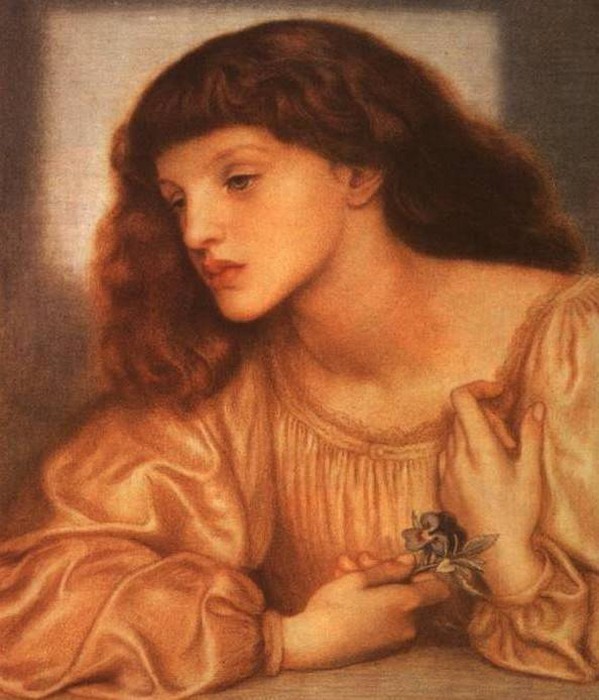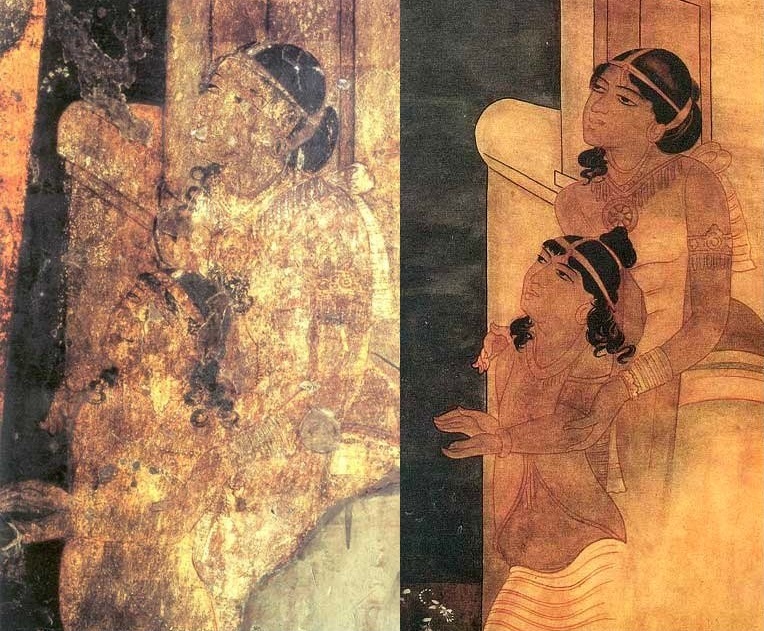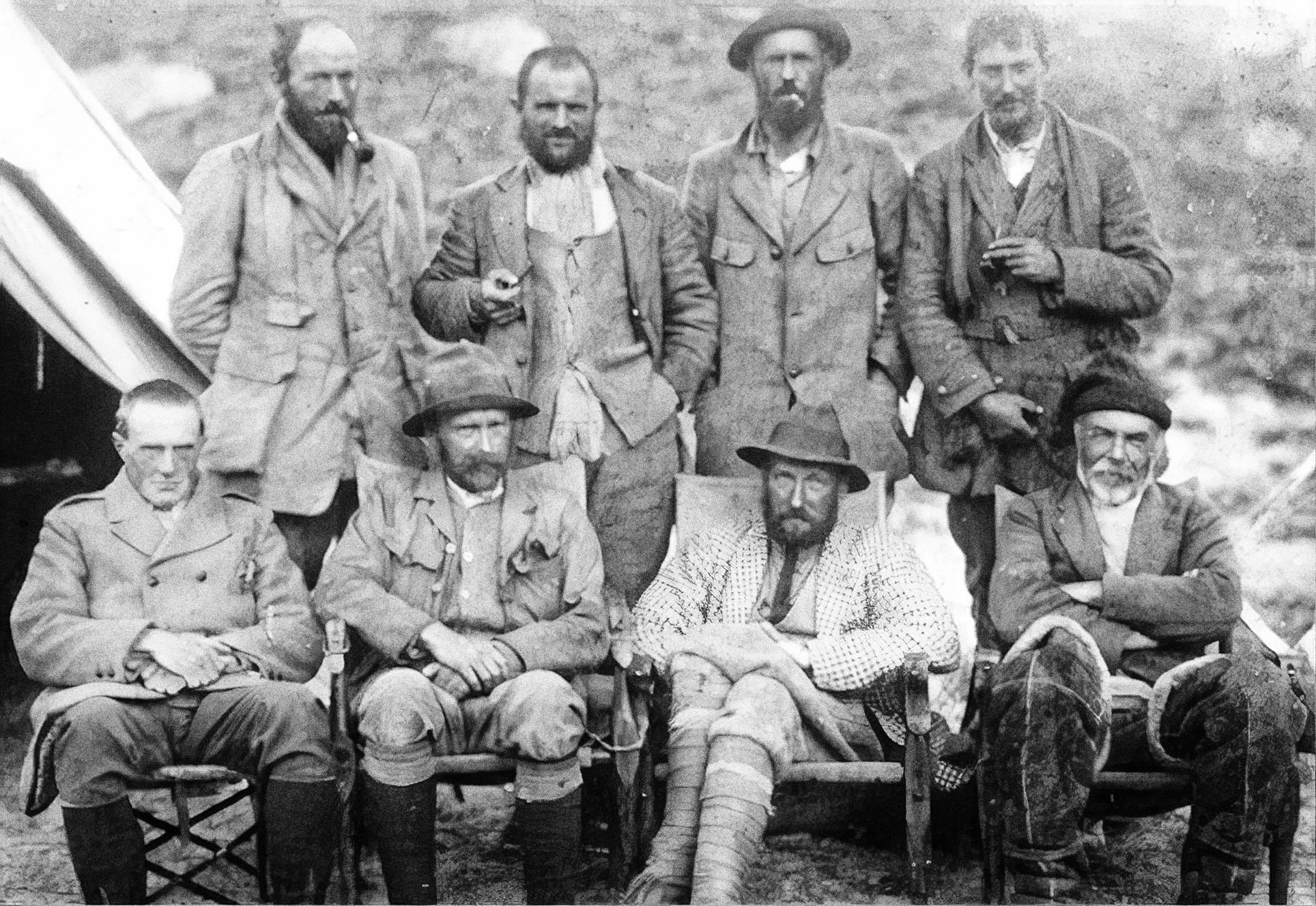|
Mary Elizabeth Powell
Mary Elizabeth Turner (née Powell; 1854–1907) was an English embroiderer who exhibited her work at the 1890 exposition of the Arts and Crafts Exhibition Society, for which she wrote an essay on modern embroidery. Identified with the Arts and Crafts Movement, she was a founder with May Morris of the Women’s Guild of Arts. Her father was Thomas Wilde Powell, a solicitor and stockbroker who was also a patron of architects and artists. One of her siblings was the artist, copyist and art patron Christiana Herringham. Her husband was the architect Hugh Thackeray Turner. One of her children, her daughter Christiana Ruth Turner, was the wife of climber George Mallory George Herbert Leigh Mallory (18 June 1886 – 8 or 9 June 1924) was an English mountaineer who took part in the first three British expeditions to Mount Everest in the early 1920s. Born in Cheshire, Mallory became a student at Winchester .... References Further reading *''Arts and Crafts Essays'' by ... [...More Info...] [...Related Items...] OR: [Wikipedia] [Google] [Baidu] |
Embroidery
Embroidery is the craft of decorating fabric or other materials using a needle to apply thread or yarn. Embroidery may also incorporate other materials such as pearls, beads, quills, and sequins. In modern days, embroidery is usually seen on caps, hats, coats, overlays, blankets, dress shirts, denim, dresses, stockings, scarfs, and golf shirts. Embroidery is available in a wide variety of thread or yarn colour. Some of the basic techniques or stitches of the earliest embroidery are chain stitch, buttonhole or blanket stitch, running stitch, satin stitch, and cross stitch. Those stitches remain the fundamental techniques of hand embroidery today. History Origins The process used to tailor, patch, mend and reinforce cloth fostered the development of sewing techniques, and the decorative possibilities of sewing led to the art of embroidery. Indeed, the remarkable stability of basic embroidery stitches has been noted: The art of embroidery has been found worldwide and ... [...More Info...] [...Related Items...] OR: [Wikipedia] [Google] [Baidu] |
Arts And Crafts Exhibition Society
The Arts and Crafts Exhibition Society was formed in London in 1887 to promote the exhibition of decorative arts alongside fine arts. The Society's exhibitions were held annually at the New Gallery (London), New Gallery from 1888 to 1890, and roughly every three years thereafter,Crane, "Of the Arts and Crafts Movement" were important in the flowering of the British Arts and Crafts Movement in the decades prior to World War I. History The illustrator and designer Walter Crane served as the founding president of the Society for its first three years. Of its goals and purposes, he wrote: Annual exhibitions were held at the New Gallery in 1888, 1889, and 1890, but the third exhibition failed to match the quality of the first two, and was a financial disaster. William Morris succeeded Crane as president in 1891., and the Society thereafter chose to reduce the frequency of showings in order to ensure an abundance of materials to display. The Society published ''Arts and Crafts Essa ... [...More Info...] [...Related Items...] OR: [Wikipedia] [Google] [Baidu] |
May Morris
Mary "May" Morris (25 March 1862 – 17 October 1938) was an English artisan, embroidery designer, jeweller, socialist, and editor. She was the younger daughter of the Pre-Raphaelite artist and designer William Morris and his wife and artists' model, Jane Morris (née Burden). Biography May Morris was born on 25 March 1862 at Red House, Bexleyheath, and named Mary, as she was born on the Feast of the Annunciation. May learned to embroider from her mother and her aunt Bessie Burden, who had been taught by William Morris. In 1878, she enrolled at the National Art Training School, precursor of the Royal College of Art. In 1885, aged 23, she became the Director of the Embroidery Department at her father's enterprise Morris & Co. During her time in the role she was responsible for producing a range of designs, which were frequently misattributed as her father's work. She ran this department until her father's death in 1896, where she moved into an advisory role. In 1886, May fel ... [...More Info...] [...Related Items...] OR: [Wikipedia] [Google] [Baidu] |
Women’s Guild Of Arts
The Women's Guild of Arts was founded in 1907 by Arts and Crafts artists May Morris and Mary Elizabeth Turner. The organisation offered female artists an alternative to the Art Workers Guild, the artists' association established in 1884 and based on the ideas of William Morris and the Arts and Crafts Movement, as this was not open to women. The Women's Guild was established with May Morris as its First President and watercolourist and engraver Mary Annie Sloane as its Honorary Secretary. Other members included Agnes Garrett, Mary Lowndes, Marianne Stokes, Evelyn De Morgan, Georgie Gaskin and Mary J. Newill. Notes References * Elletson, Helen, ''May Morris, Hammersmith and the Women's Guild of Arts'' (pp. 141–154) in Hulse, Lynn, editor ''May Morris: Art & Life. New Perspectives'', Friends of the William Morris Gallery, 2017 . External links Women's Guild of Arts Invitation Cardat William Morris Gallery The William Morris Gallery is a museum devoted to the life and ... [...More Info...] [...Related Items...] OR: [Wikipedia] [Google] [Baidu] |
Women's History Review
''Women's History Review'' is a bimonthly peer-reviewed academic journal of women's history published by Routledge. The editor-in-chief is June Purvis (University of Portsmouth) and Sharon Crozier-De Rosa is deputy editor. Abstracting and indexing The journal is abstracted and indexed in * America: History and Life * British Humanities Index * CSA Worldwide Political Science Abstracts * Historical Abstracts * Sociological Abstracts * Studies on Women and Gender Abstracts * Arts & Humanities Citation Index. External links * English-language journals History journals Bimonthly journals Publications with year of establishment missing Routledge academic journals Women's studies journals {{womens-journal-stub ... [...More Info...] [...Related Items...] OR: [Wikipedia] [Google] [Baidu] |
Thomas Wilde Powell
Thomas Wilde Powell (1818–1897) was an English solicitor and stockbroker, now remembered as a patron of architects and artists. Early life He was the son of James Powell, a bank clerk living in 1830 in Briggate, Leeds in Yorkshire, and his wife Christiana Wilde, daughter of Theophilus Wilde, He entered Leeds Grammar School in early 1833, where the headmaster was Joseph Holmes, and his rival Edwin Gilpin, who became Archdeacon of Nova Scotia. He left in autumn 1833, and was articled to the Leeds solicitors Atkinson, Dibb, and Bolland, working for five years under Thomas Townend Dibb. At this period he became a Sunday school teacher for William Sinclair at St George's Church, Leeds. After his five years working for his articles were up, Powell stayed at Atkinson, Dibb, and Bolland for two further years, on a salary. In early 1842 he passed his qualification examination, and set up on his own in Albion Street, Leeds a solicitor. Shortly, in partnership with Frederick Heycock, he ... [...More Info...] [...Related Items...] OR: [Wikipedia] [Google] [Baidu] |
Christiana Herringham
Christiana Jane Herringham, Lady Herringham (née Powell; 1852–1929) was a British artist, copyist, and art patron. She is noted for her part in establishing the National Art Collections Fund in 1903 to help preserve Britain's artistic heritage. In 1910 Walter Sickert wrote of her as "the most useful and authoritative critic living". Background Christiana Jane Powell was born in Kent and was the daughter of Thomas Wilde Powell, a wealthy patron of the Arts and Crafts Movement. One of her siblings was Mary Elizabeth Turner. From shortly after her mother's death in 1871, to her marriage, she ran her father's household. After a courtship in 1878 and 1879 marked by tension between her independence and his conventional Anglican upbringing, in 1880 she married the physician Wilmot Herringham, with whom she had two sons. Interests 1880–1900 From 1880 to 1890, Herringham was a director of the Ladies Residential Chambers Co. She was one of its founders, with Agnes Garrett. Herring ... [...More Info...] [...Related Items...] OR: [Wikipedia] [Google] [Baidu] |
Hugh Thackeray Turner
Hugh Thackeray Turner (8 March 1853 – 11 December 1937) was an English Arts and Crafts architect and also an amateur china painter. Hugh Turner was born at Foxearth, Essex, England. His father, Rev. John Richard Turner, was a Church of England vicar from Wiltshire. Turner was apprenticed to the architect Sir George Gilbert Scott and worked under his son too. Turner's buildings included Wycliffe Buildings (1894), The Court (1902), and Mead Cottage in Guildford, Surrey. In 1899, Turner bought some land in Godalming, Surrey, with the aim of building a house. He designed "Westbrook", which became his residence. He also designed the garden there. With the Arts and Crafts garden designer Gertrude Jekyll, he designed the Philips Memorial Cloister on the riverside in Godalming, commemorating the bravery of Jack Philips, a hero on board the ''Titanic'' in 1912. In 1888, Turner married the embroiderer Mary Elizabeth Powell (1854–1907), the daughter of Thomas Wilde Powell fr ... [...More Info...] [...Related Items...] OR: [Wikipedia] [Google] [Baidu] |
George Mallory
George Herbert Leigh Mallory (18 June 1886 – 8 or 9 June 1924) was an English mountaineer who took part in the first three British expeditions to Mount Everest in the early 1920s. Born in Cheshire, Mallory became a student at Winchester College, where a teacher recruited him for an excursion in the Alps and he developed a strong natural ability for climbing. After graduating from Magdalene College, Cambridge, he taught at Charterhouse School whilst honing his skills as a climber in the Alps and the English Lake District. He served in the British Army during the First World War and fought at the Somme. After the war, Mallory returned to Charterhouse before resigning to participate in the 1921 British Mount Everest reconnaissance expedition. In 1922, he took part in a second expedition to make the first ascent of the world's highest mountain, in which his team achieved a record altitude of without supplemental oxygen. Once asked by a reporter why he wanted to climb Eve ... [...More Info...] [...Related Items...] OR: [Wikipedia] [Google] [Baidu] |
Arts And Crafts Movement Artists
The arts are a very wide range of human practices of creative expression, storytelling and cultural participation. They encompass multiple diverse and plural modes of thinking, doing and being, in an extremely broad range of media. Both highly dynamic and a characteristically constant feature of human life, they have developed into innovative, stylized and sometimes intricate forms. This is often achieved through sustained and deliberate study, training and/or theorizing within a particular tradition, across generations and even between civilizations. The arts are a vehicle through which human beings cultivate distinct social, cultural and individual identities, while transmitting values, impressions, judgments, ideas, visions, spiritual meanings, patterns of life and experiences across time and space. Prominent examples of the arts include: * visual arts (including architecture, ceramics, drawing, filmmaking, painting, photography, and sculpting), * literary arts (includin ... [...More Info...] [...Related Items...] OR: [Wikipedia] [Google] [Baidu] |
Embroidery Designers
Embroidery is the craft of decorating Textile, fabric or other materials using a sewing needle, needle to apply yarn, thread or yarn. Embroidery may also incorporate other materials such as pearls, beads, quills, and sequins. In modern days, embroidery is usually seen on caps, hats, coats, overlays, blankets, dress shirts, denim, dresses, stockings, scarfs, and golf shirts. Embroidery is available in a wide variety of yarn, thread or yarn colour. Some of the basic techniques or Embroidery stitch, stitches of the earliest embroidery are chain stitch, buttonhole stitch, buttonhole or blanket stitch, running stitch, satin stitch, and cross stitch. Those stitches remain the fundamental techniques of hand embroidery today. History Origins The process used to tailor, patch, mend and reinforce cloth fostered the development of sewing techniques, and the decorative possibilities of sewing led to the art of embroidery. Indeed, the remarkable stability of basic embroidery stitches h ... [...More Info...] [...Related Items...] OR: [Wikipedia] [Google] [Baidu] |





